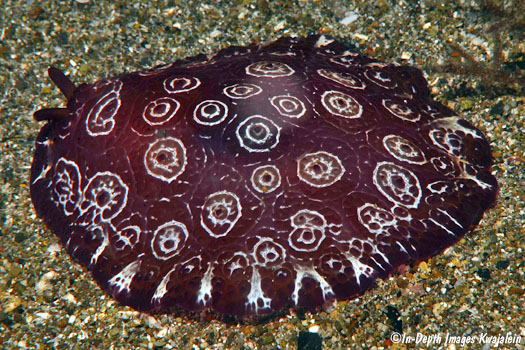
We first saw these on our first trip to Anilao on a late afternoon dive at Secret Garden, when we came across a long white ruffled opisthobranch egg mass on the slope at about 25m. Nearby was a pair of very large Pleurobranchus weberi. Another egg mass and pair of slugs was not far away. Next afternoon, we saw another pair and egg mass a short distance along the coast. The smaller one in the first three photos was actively moving at night at Red Palm. The smaller one appeared to have white pigment forming a distinct pattern of of concentric circles. On the larger specimens found a few days before, the circle pattern was composed of fine sand stuck to sticky sections on the dorsum. This difference has been noted in the literature and apparently these are still considered the same species, but that seems a strange thing to do. Perhaps if they are sufficiently toxic to predators, retaining the concentric circle pattern as large adults after they lose the white pigment is advantageous to deter predators who have learned to avoid that pattern. We have seen specimens on all our trips to Anilao, but they were especially common in May, 2017. At least to 250mm.

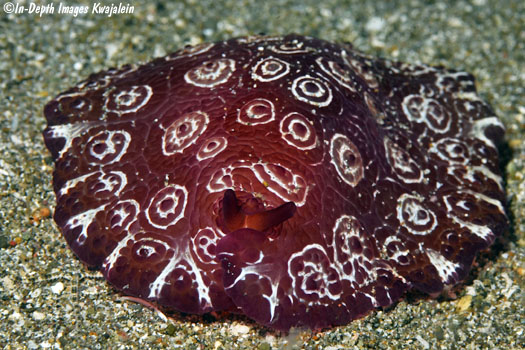
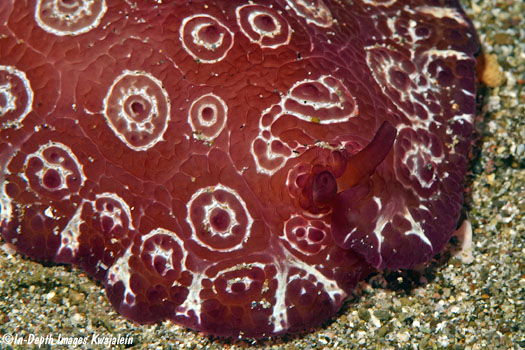
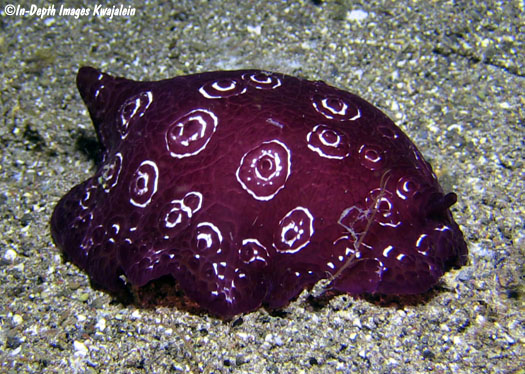
The concentric circles here are just sand grains stuck to the body.
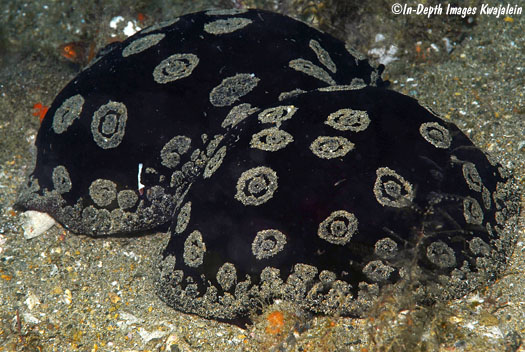
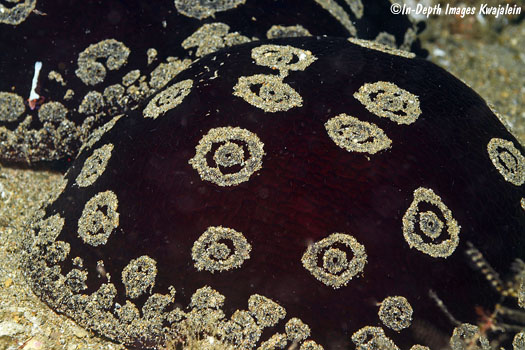
The egg mass that alerted us to the presence of these large pleurobranchs.
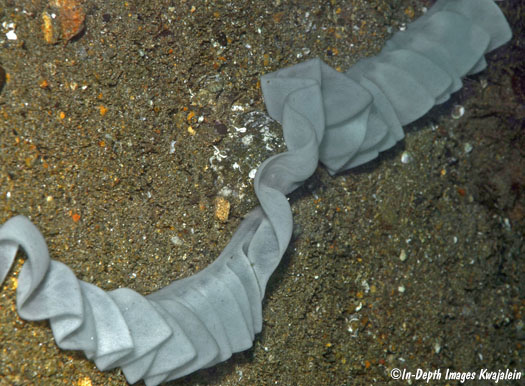
The large specimens had commensal Zenopontonia rex shrimp.
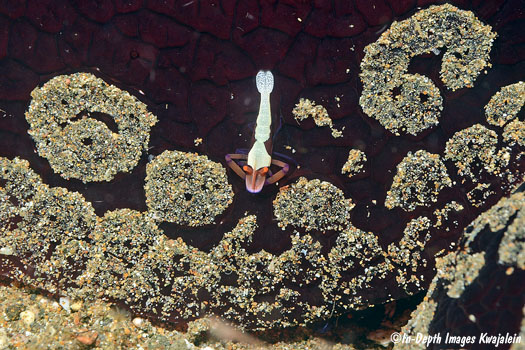
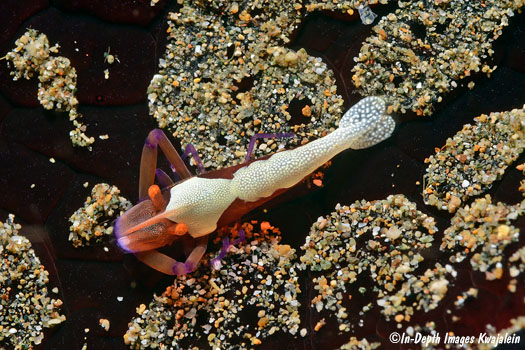
We saw more of these in 2016 at Minilog, Murals and Red Palm.
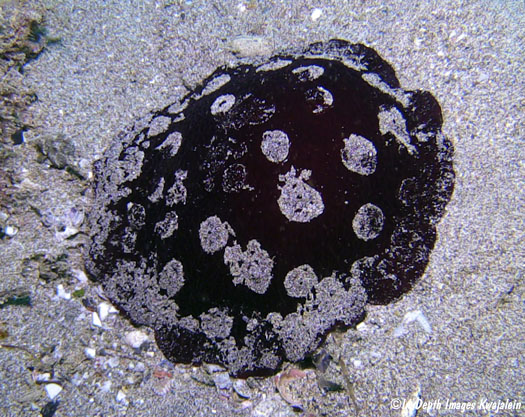
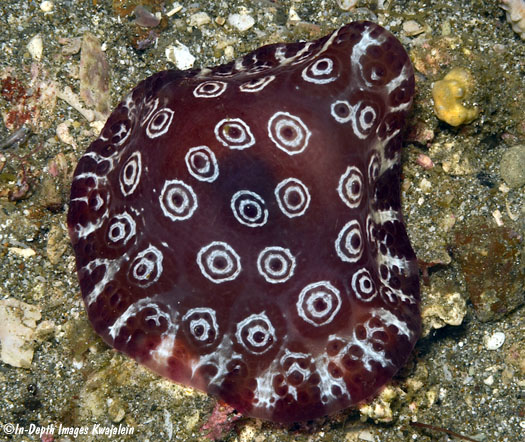
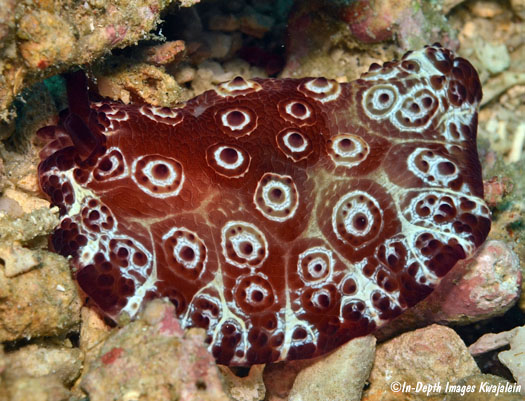
Younger specimens.
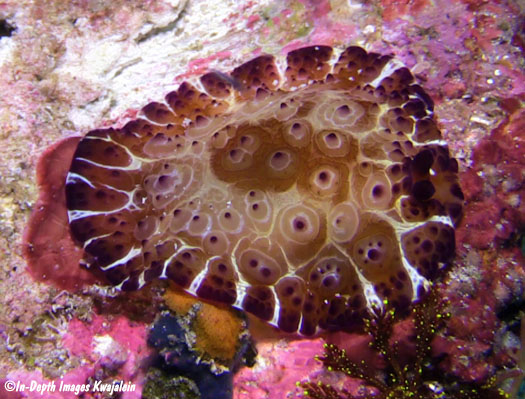
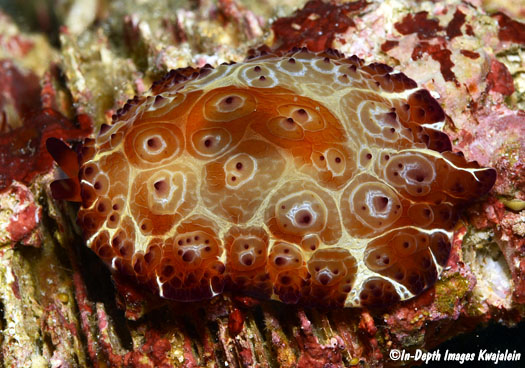
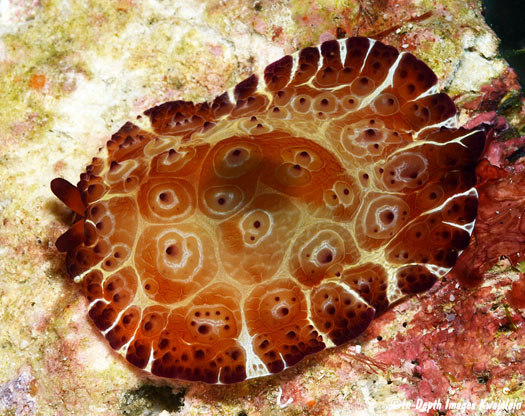
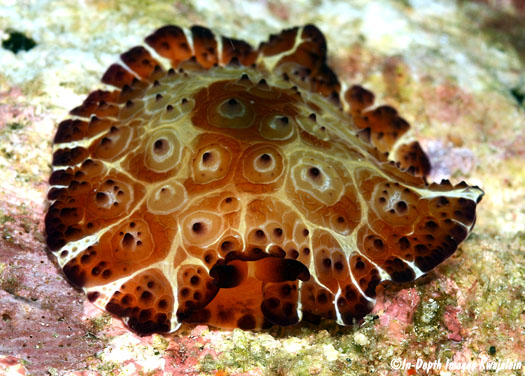
Created 14 June 2015
Updated 19 June 2020